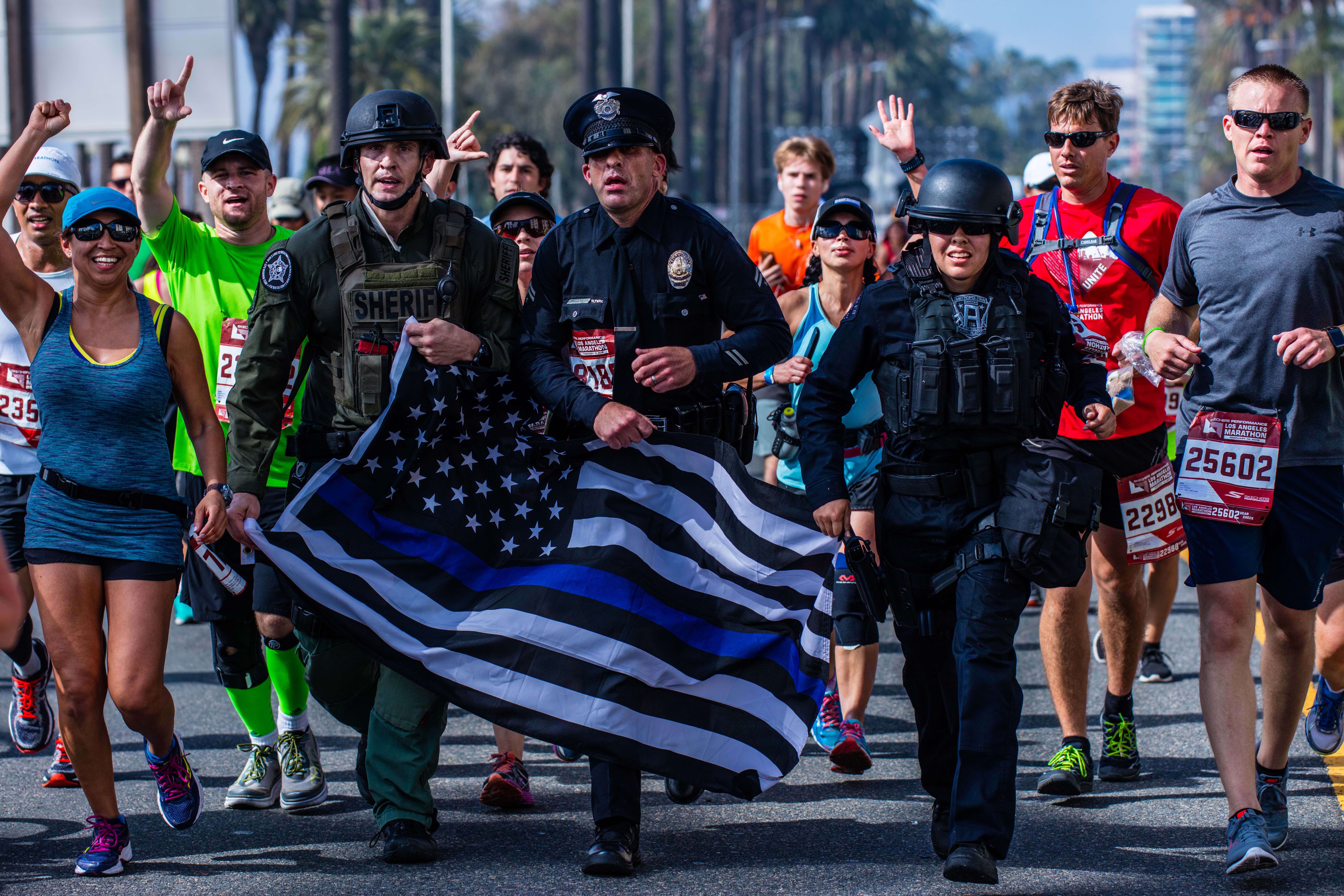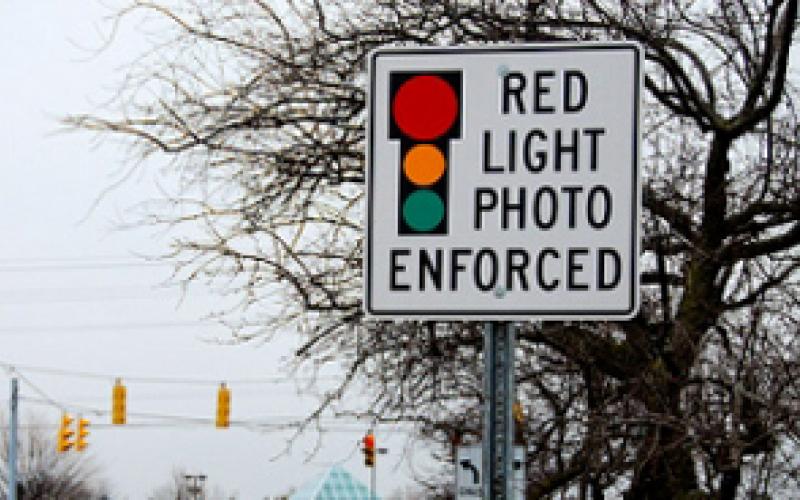The Los Angeles Police Commission yesterday received and approved a report from Police Chief Charlie Beck detailing the reasons why the LAPD will continue to back the Photo Red Light Program (PRLP) as a traffic safety tool, despite the program’s operating loss of $2.5 million and perceived lack of results.
The purpose behind red light cameras has always been to reduce the number of serious injuries and deaths caused by red light violations. Anyone who’s ever been “t-boned” or broadsided at an intersection by a red-light runner can truly appreciate the value of enhanced enforcement. But City Controller Wendy Greuel's audit of the red light program noted camera installations were not automatically assigned to the most dangerous intersections (those with the highest rates of red-light related collisions). Nevertheless, the Chief’s report found that since the program’s inception, intersections with cameras showed a 63 percent decrease in red-light accidents and a 10 percent reduction in all types of collisions. But most importantly, there have been no red-light related fatalities since the cameras went up. Bottom line: these cameras have been doing what they’re supposed to.
The real problem with this program, as currently implemented, is that it is operating at a loss. The Controller’s audit determined that over the last two years, the PRLP has not generated sufficient revenue to cover its operation and maintenance expenses, and in fact, has cost the City $2.5 million. Why is this program losing millions? Too many drivers are simply disregarding the citations because doing so carries no consequence.
L.A. County Superior Court doesn’t actively pursue collections on outstanding red-light camera citations. Instead, it outsources this task to a collection agency and forgoes its own administrative collection tools. For other violations, the courts can use procedures like a Department of Motor Vehicles (DMV) hold for failures to appear. Courts can also enlist the help of the Franchise Tax Board (FTB). The Chief’s report makes a strong case for the effectiveness of these tools. Chief Beck notes that “The DMV hold is an important element to the successful operation of a PRLP. The State legislature recognized this in 1999 when Section 40509 of the California Vehicle Code was amended to specifically allow for notification to the DMV for failure to appear on PRL cases. Without a DMV hold, there is effectively no legal leverage to compel violators to respond to the court order.” The report goes on to detail how the FTB is also an effective tool and why other counties like San Diego are employing it with success.
But for red-light camera citations, the L.A. County Superior Court isn’t bothering. The apparent reason is that these citations require more work to prove that the person being cited was actually driving the car. The result of these slack collection efforts? Approximately 56,000 unsettled camera citations languishing in the court system, costing the City over $7 million in potential revenue. Indeed, the report found that the PRLP generated a jump in the annual number of red-light citations from 14,000 to 59,000, but the collection rate on these was a paltry 23 percent.
The LAPD, Los Angeles Department of Transportation, and the City Attorney's Office have had discussions with court officials to address the low collection rate on PRL citations, but the court’s leadership has refused to modify its current policy. The L.A. County Superior Court must lend a better effort to the success of a program designed to reduce collisions and save lives. Other counties have shown impressive successes in holding red-light violators accountable for their dangerous driving. Our county courts must follow suit.











